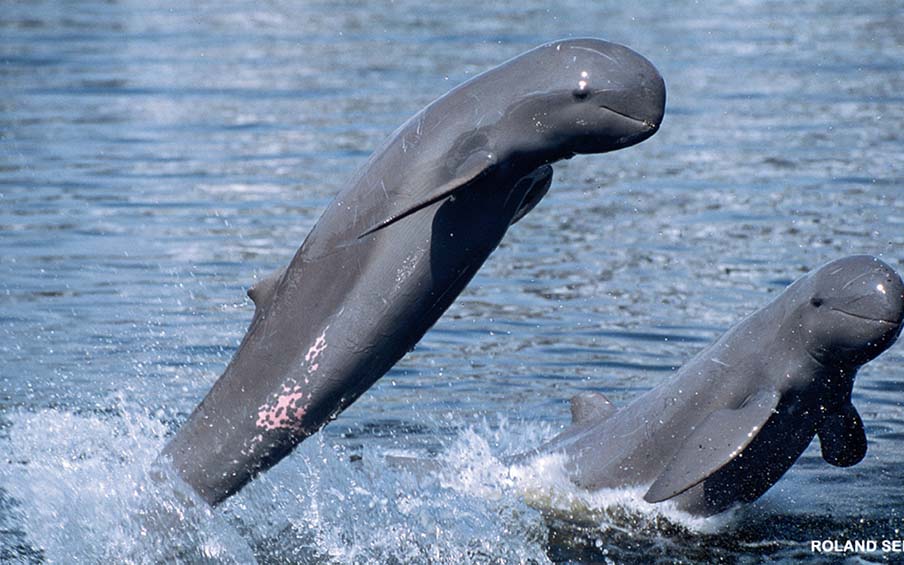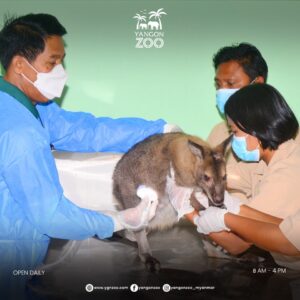Today’s globe is a habitat not only for wildlife but for human beings. Both groups of living beings have a chance to inhabit all parts of the world harmoniously.
As part of protecting the nature and habitat of wildlife, the United Nations General Assembly at its 68th session held on 20 December 2013 decided to proclaim 3 March, the international day of the adoption of the Convention on International Trade in Endangered Species of Wild Fauna and Flora (CITES) on the planet raise awareness and benefits fauna and flora in 1973, as the World Wildlife Day.
The General Assembly of the United Nations reaffirmed the intrinsic value of wildlife and its various contributions, including ecological, genetic, social, economic, scientific, educational, cultural, recreational and aesthetic, to sustainable development and human well-being.
World Wildlife Day will be celebrated throughout the world in 2023 under the theme “Partnerships for wildlife conservation”, honouring the people who are making a difference. In Myanmar, successive governments designated more than 30 wildlife sanctuaries and national parks across the nation as part of the creation of appropriate habitats for the survival of wildlife.
The government has issued restrictions for the conservation of wildlife sanctuaries for wildlife animals to be free from various forms of danger. It is because of the harmonious habitation of flora and fauna including human beings interrelated with the environment. Reciprocally, favourable conditions of the natural environment treat the nature of flora and fauna.
In a bid to improve the nature of wildlife, the government assigns staff and skilled labours to guard the wildlife sanctuaries and national parks. If necessary, personnel serve the reproduction of critically endangered species of wildlife such as golden deer, tortoise and turtle, crocodiles and other rare species of wildlife animals to be free from extinction while officials conduct research to seek ways for the betterment of wildlife habitats.
The UN marks the Convention on International Trade in Endangered Species of Wild Fauna and Flora (CITES). It is an international agreement between governments to ensure that international trade in specimens of wild animals and plants does not threaten the survival of the species. Today, it grants varying degrees of protection to more than 37,000 species of animals and plants.
Appropriate habitats are the basic need for the conservation of endangered species of wild fauna and flora. As human beings dominate the planet Earth, they have to culture empathy and mercy over the wildlife and have to accept peaceful co-existence with the wildlife to harmonize their habitats. If so, the planet Earth will be pleasant and prosperous.
Don’t neglect wild fauna and flora for survival
- March 04, 2023
- 711














